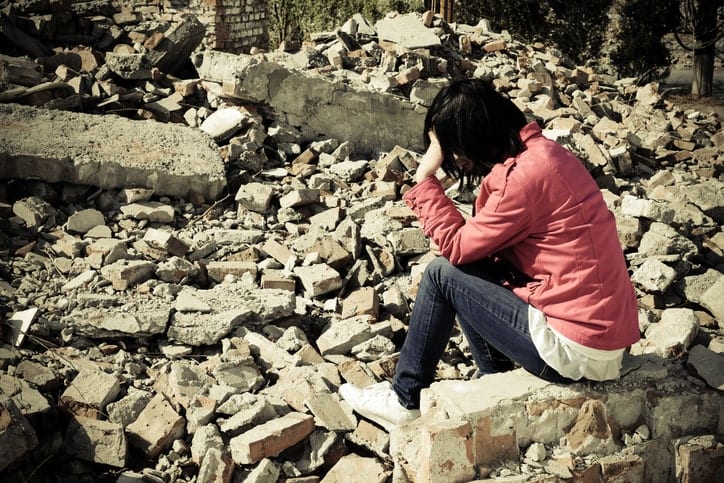 Heroin, commonly called H, China white, smack, and chasing the dragon, is an extremely addictive, highly illegal and very dangerous opioid that can be injected or smoked. Heroin addiction is a widespread problem in the United States and all over the world, and many individuals turn to heroin after becoming addicted to opioid prescription painkillers. An individual may have had a painful surgery or accident and required prescription opioids to ease the pain, which could have spiraled into an opioid addiction. If these prescription painkillers can no longer be filled, the individual may turn to buy heroin on the street to feed their addiction. Heroin addiction signs and symptoms can vary. Of course, not everyone who is prescribed prescription painkillers becomes addicted to opioids or heroin. However, it can be a very slippery slope for many.
Heroin, commonly called H, China white, smack, and chasing the dragon, is an extremely addictive, highly illegal and very dangerous opioid that can be injected or smoked. Heroin addiction is a widespread problem in the United States and all over the world, and many individuals turn to heroin after becoming addicted to opioid prescription painkillers. An individual may have had a painful surgery or accident and required prescription opioids to ease the pain, which could have spiraled into an opioid addiction. If these prescription painkillers can no longer be filled, the individual may turn to buy heroin on the street to feed their addiction. Heroin addiction signs and symptoms can vary. Of course, not everyone who is prescribed prescription painkillers becomes addicted to opioids or heroin. However, it can be a very slippery slope for many.
- The 2007 National Survey on Drug Use and Health reported 153,000 current heroin users in the US in 2007. Other estimates give figures as high as 900,000.
- Opiates, mainly heroin, account for 18% of the admissions for drug and alcohol treatment in the US.
Heroin can often be mixed with other unknown substances making overdose a higher likelihood and regardless if the individual is a first time user or has used multiple times in the past, they are always at risk of overdose with each use. One of the main reasons why heroin is extremely addictive is due to the unpleasant withdrawal effects when the individual tries to stop using. When a user quits using heroin, they will undergo excruciating withdrawal effects such as bone pain, stomach pain, headaches, mood swings, and diarrhea that feel almost lethal. As a means to an end, the user will continue to use heroin to prevent these painful withdrawals while simultaneously chasing the euphoric dopamine boost that heroin produces.
Who is most at risk of heroin addiction?
- Individuals who are addicted to prescription opioid painkillers
- Individuals who are addicted to cocaine
- Individuals without insurance or enrolled in Medicaid
- Non-Hispanic Whites
- Males
- Individuals who are addicted to marijuana and alcohol
- Individuals living in a large metropolitan area
- 18 to 25 year olds
Signs and symptoms of heroin toxicity
- Excessive drowsiness
- Constricted pupils (meiosis)
- Confusion
- Slurred speech
- Constipation
- Respiratory depression (shallow and short breathing)
- Track marks on skin or fresh puncture wound
- Weight loss
- Mood swings
- Frequent nose bleeds (if heroin is snorted)
Signs and symptoms of heroin addiction
- Depression
- Euphoria
- Mood swings
- Anxiety
- Hostility toward others
- Agitation and irritability
- Lying about drug use
- Avoiding loved ones
- Weight loss
- Scabs or bruises as the result of picking at the skin
- Delusions
- Disorientation
- Hallucinations
- Financial troubles
- Relationship turmoil
- Illegal activity
- Paranoia
- Decreased attention to personal hygiene
- Possession of burned spoons, needles or syringes, missing shoelaces, glass pipes
- Stashing drug in various places around the home, car, and work
- Periods of hyperactivity followed by periods of exhaustion
- Inability to fulfill responsibilities at work or school
- Increased sleeping
- Apathy and lack of motivation
- A decline in occupational or academic performance
- Slurred speech
